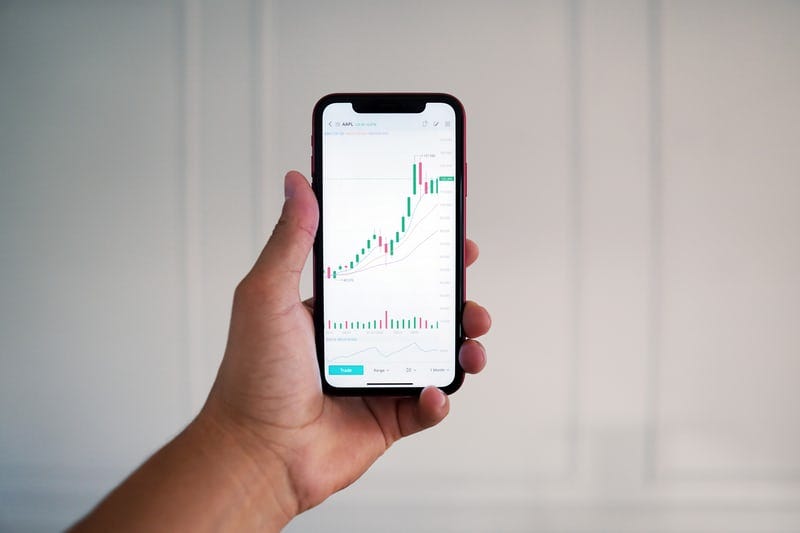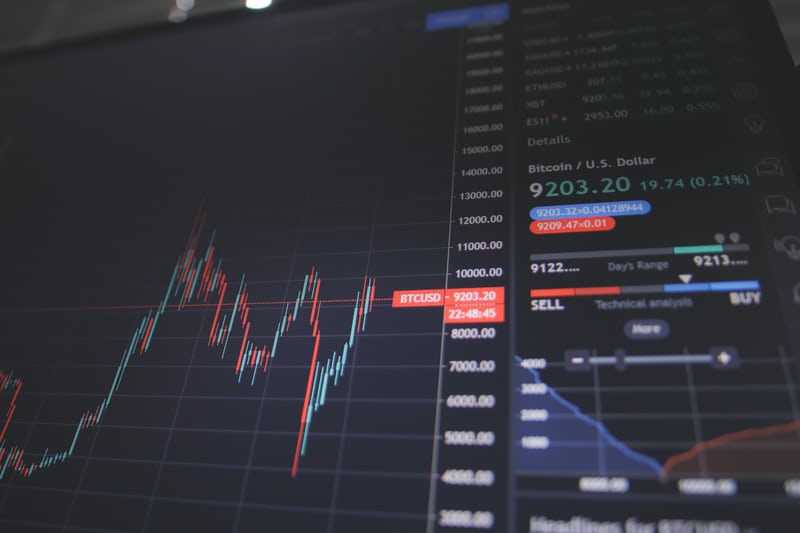More risk = more reward is a common principle that tends to apply to most actions taken in the marketplace.
The stock market is where you make decisions based on calculating future bets and expectations. It shouldn’t be treated like a gabling game rather an opportunity to build your future.
Yet finding more reward while weighing risk has become harder over the years as unicorn companies with overvalued stock valuations 60x their real internal PE have sent mixed signals. Along with inflation and the frothy market, nothing seems like its at a realistic price point anymore, including homes for sale.
Thankfully for those who are able to take advantage of inflationary proof investments such as real estate, one of my favorites since you can depreciate it as it appreciates and deduct various expenses through a tax write off to build generational wealth, it is one of the few investments that can provide you more return for less risk.
Unlike equities or fixed-income, real estate is less volatile in the short term since it appreciates in value overtime, is tax advantaged, physical and tangible, provides a steady stream of income that is tax deductible, no interest or dividends and anyone can have a stake with as little cash as they want as long as they can maintain the monthly mortgage payments.
Even REITS and crowdfunding opportunities aren’t comparable to tangible real estate as homes are uncorrelated to the market, a huge advantage in providing the most reward and bang for your buck especially when a correction hits every 8 months.
As with everything, there are downsides and as a personal finance guru, it would be inconsiderate of me to only elaborate on the benefits of holding real estate. The main downside to real estate is the time and effort into maintaining a property. But if you want a reward within anything in life, you must put in the work and that’s why on average homeowners are wealthier than renters. H
Homeowners keep, maintain and in turn allow their property to appreciate for them while enjoying it. Plus as a cherry on top, they have the opportunity to earn income through renters so they end up living for free with rent paying for all expenses.

Risky or Not
On average we make a few thousand decisions per day. They don’t seem like a big deal because for the most part, life is 90% the same each day.
That’s why life seems constantly boring.
If you don’t put in the work, the work won’t work for you and if you want your life to change, you must change your decision making. Every choice has some consequence to it. The more you put on the line, the more you can loose or gain. It is a bet but not every decision has to be damaging especially if you weigh what’s in your control.
Recently, there’s been a decline in GenZ and Millennial participance in the stock market. According to a Junior Achievement survey, only half of teenagers believe the stock market is “a good thing” for everyday Americans and 37% of teens wouldn’t invest if given money to participate!
This reluctance is shocking considering the boom in retail trading at the start of the year. I thought that was a big enough incentive for kids to get interested in growing their money, although majority of it was gambling and based on speculation no real reasoning.
This is putting a serious dent on their futures considering time is one’s most precious advantage in the markets. You can’t buy time. I hope these mixed feelings disappear soon after the GameStop saga since not investing is as big as a risk as investing.
In the market, there are systematic and unsystematic risks that impact the way markets flow, investor sentiment and what direction companies’ tickers head. Systematic risks are factors that cannot be controlled through diversification. These include but aren’t limited to purchasing power risk, a.k.a macroeconomic factors such as inflation, interest rates, environmental factors: climate change to natural disasters, foreign threats, currency risk, and social factors: population trends and market, politics and social risks.
Clearly there’s a lot out of our control but one must prevail to actually get somewhere in life.
Compared to unsystematic risks, these are completely controllable by how much risk you are exposed to and your asset allocation within your portfolio. These include business and financial risks, determine if a business is stable and insolvency risks due to microeconomic factors. It can be avoided if currency, liquidity, internal or external credit risk is validated within a company.
When it comes to all investments, there is no such thing as no risk yet when it comes to alternatives, there are less risks to control and take into consideration since the stock market is more uncertain than anything.

To The Top
Alternatives, most notably, private funds aren’t publicly traded and illiquid. They have limited ownership and invest one’s money on their own using their own approach. The most common forms are hedge funds, private liquidity funds, venture capital or private equity. As an accredited investor (250k+ salary, $1m+ to invest), if you decide to give away a million and above to a hedge fund, there is a lock-up period so the management can take on more leverage, buy on margin, preserve your capital and seek higher return with your money overtime which isn’t possible in a month through a mutual fund.
Private funds offer diversification, uncorrelated returns to the market and a possibly for major profit if invested in a profitable high-growth startup yet not attainable for most to get into without substantial cash on the side to invest and major patience.
Thankfully, everyone can get in on the action.
Here are alternative alternatives for non-accredited (top 10%+ investors) that you can invest in with little to no investment:
-Microworks investing in art
-Fundrise or Crowdstreet through crowdfunding opportunities in real estate
-Physical real estate through an investment rental property or commercial property developer
-Startups through angels or seed round investing
-NFTS, cryptocurrency
-Farmland
-Collectibles
Alternatives are becoming increasingly popular and a bigger part of institutional and individual investors’ portfolios are they are uncorrelated to market returns, something that is strategic in a downturn as it offers capital inflationary protection, appreciates in value overtime and are scarce one-of-a-kind treasures acting like a business in some sorts, able to control how much you want and what price you bid it for as opposed to traditional equities out of your control for the most part.
Looking at pension funds and endowments, they are historically conservative and illiquid sitting at around a couple billion in AUM, the GDP of Costa Rica yet have terrific yearly historical track records. The late David Swensen, Yale’s chief endowment fund manager modernized alternatives and passive investing to take on a more conservative approach. His model comprised of passive investing yet blew their returns out of the water as he invested in alternatives such as private equity to hedge funds, venture capital and real estate. This lead Yale’s endowment to become the most profitable endowment behind Harvard’s with a return of 6.7% in 2020, returning shy of 10% per annum over 20 years!
Keeping it basic and simple with little risk as possible isn’t a bad move if you are patient and prudent. Taking on more than you can chew isn’t guaranteed and it will become tough to sleep at night if you cannot predict what will happen.
Focus on what you can control and limit your exposure to factors that can harm performance.
Let your money work for you not against you.
The boring simple strategy you understand always works best.

